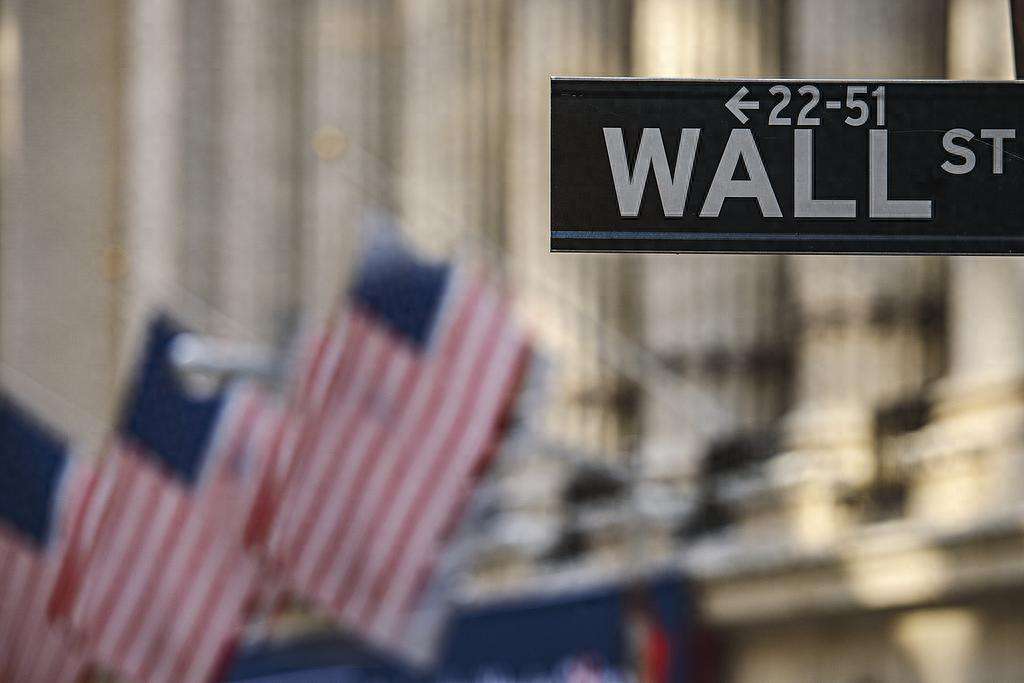A-Shares Surge Despite Underweight Foreign Holdings
Advertisements
The resurgence of overseas capital is captivating the financial markets as investors are eager to snap up Chinese assetsThis growing interest can be traced back to a recent press conference held by the State Council of China, where a series of new policies promoting economic stability and growth were announcedThe excitement surrounding these developments has kindled enthusiasm in the investment community, highlighted by the comments of famous hedge fund manager David Tepper, who declared, “I will buy everythingI will buy ETFs, I will buy futures, I will buy whatever I can.” His bold assertion has catalyzed a surge in market sentiment, triggering a wave of investment into Chinese equities.
Indeed, the reality on the ground corroborates this bullish outlook, with substantial inflows of foreign capital targeting Chinese asset classesFor instance, since September 24, the inflows into the US-listed China large-cap stock ETF have reached an impressive $1.206 billion
Concurrently, however, there remains a counter-narrative, as funds have simultaneously been directed towards shorting China-focused ETFs, revealing a division of opinion among investorsThis divergence is particularly noticeable in the high-volatility environment where the balances of bullish and bearish sentiments coexist.
One notable trend is the encouraging net inflow into overseas ETFs focused on Chinese equities, reflecting overseas investors' confidence in China's economic potentialA quantitative analysis of the capital flows indicates robust buying activity in A-shares, especially through northbound investments and the movement of overseas-listed Chinese ETFsFor instance, data from the China Securities Journal highlights a marked increase in trading volume for northbound investments, with weekly transaction totals soaring from an average of approximately 934.51 billion RMB prior to September 24 to peaks over 1.8 trillion RMB within the three days following the announcement of the new policies.
In the context of US-listed Chinese ETFs, the iShares China Large-Cap ETF (FXI), one of the largest by market capitalization, experienced its own resurgence with a consistent inflow of funds over the last two weeks
- Commodity Futures: Trend Analysis & Trading Strategies
- Sectors Benefiting from Federal Reserve Rate Cuts
- The Fiery Clash of Travel Consumption and OTA Platforms
- What Factors Are Driving the Surge in Gold Prices?
- Indian Rupee Plummets!
Data from Futu reveals that from September 24 onwards, FXI garnered a net inflow of $1.206 billion, with notable price appreciation of around 29.01%. This sharp recovery followed a previous week where the ETF faced net outflows, underscoring the pivotal moment represented by September 24 that energized investor sentiment.
The MSCI China ETF (MCHI), another key player in overseas markets, saw a net inflow of $282 million over the same two-week period, coupled with impressive performance marked by a 33.61% appreciation in net asset valueThe influx of capital reached a weekly high, terminating a six-week sequence of capital exiting from the fundOther funds also benefited significantly during this period, including the Deutsche Bank and Harvest Asset Management’s China A-shares ETF (ASHR) and the KraneShares MSCI China Internet ETF (KWEB), which reported inflows of $186 million and $166 million respectively
Notably, the Direxion 3X China Bull ETF (YINN) attracted an inflow of $150 million, signifying a decisive return of foreign interest for these vehicles.
Amidst this existing pool of investment products, new offerings have also come to marketA notable launch was the Roundhill China Dragon ETF (DRAG), which began trading in the US on October 3. The fund’s debut was met with a solid response, closing its first day up by 0.6% and surging more than 25% in after-hours trading, showcasing the appetite for innovation tied to China’s technology sector.
Despite the prevailing uptrend, it is important to note that shorting ETFs targeting China have also attracted capital, indicative of a bifurcated market sentimentThe Direxion 3X China Bear ETF (YANG), while designed for those looking to profit from declines in China’s equity markets, nonetheless experienced inflows of $13.90 million

The active trading volume during this period reached unprecedented levels as the ETF demonstrated average daily figures exceeding $200 million, signaling that traders remain active on both sides of the market.
As analysts assess the broader implications of these market movements, consensus on future trends within the A-share market reveals both agreement and varianceMajor investment banks, including Goldman Sachs and UBS, have revised their target prices for Chinese equities upwards, indicating an optimistic outlook for sectors like insurance and the broader economic recovery narrativeGoldman Sachs adjusted the MSCI China Index target from 66 to 84 and the CSI 300 Index from 4000 to 4600. UBS mirrored this sentiment, promoting A-shares for their higher potential returns while suggesting adjustments in approach towards H-shares.
That said, some analysts urge caution, emphasizing the ongoing structural challenges facing China, such as demographic shifts and short-term economic headwinds
Wei Li, BlackRock’s Chief Investment Strategist, conveyed a balanced perspective, noting that while current adjustments favor China in the short term, long-term strategies need to keep an eye on how effectively policy changes materialize within the nation's economy.
Indeed, the ongoing narrative becomes increasingly nuanced, with some prognosticators cautioning against the FOMO (Fear of Missing Out) psychology that often drives investors to chase momentum stocks without a firm grounding in fundamentalsThis was particularly highlighted in the aftermath of the historic lows that foreign capital allocations to A-shares had previously sunk to—at around 5.22% by late August, as recorded by data from E Fund Management in Hong Kong.
August witnessed significant outflows, with overseas funds retreating to the tune of $870 million from A-shares and likewisely, $890 million from Hong Kong’s China stocks
Leave A Reply